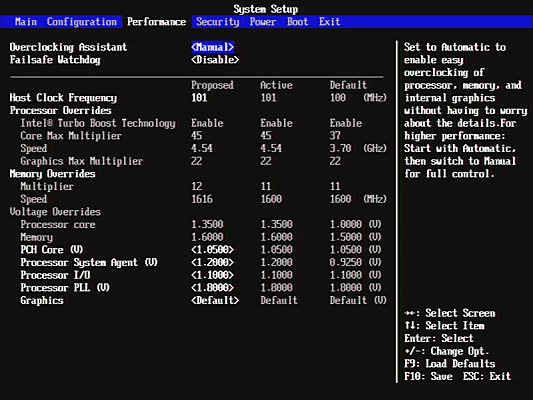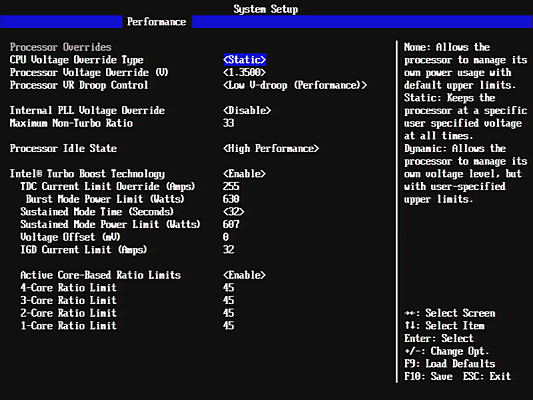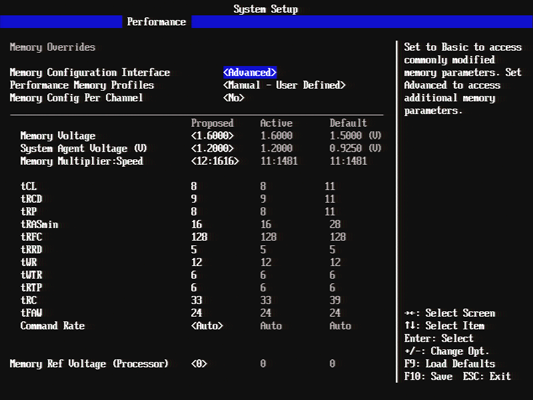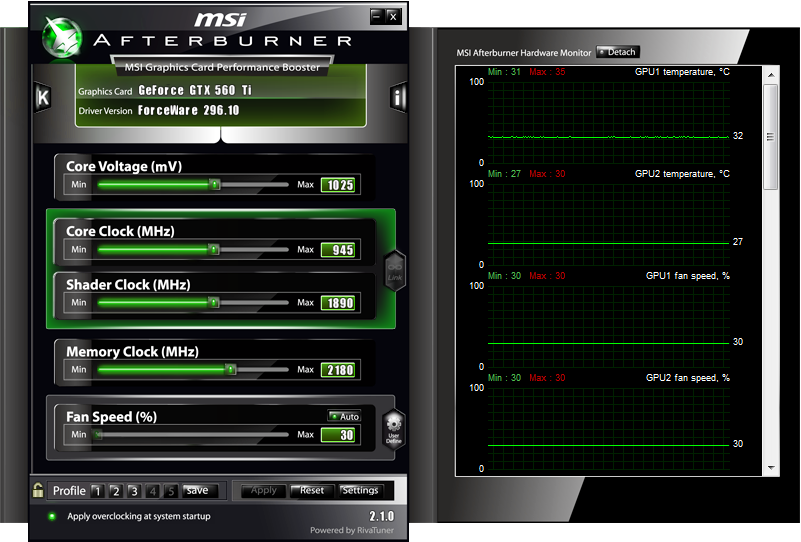System Builder Marathon Bonus: Newegg Customer Choice PC
Tuning The Components By Overclocking
Unlike the motherboard that Don picked for his $1300 configuration (alright, we'll stop poking fun at him now), Newegg's customer-choice Intel DZ68BC features a full range of overclocking capabilities. The same goes for the Core i5-2500K processor that the vendor's customers favor. The caveat, of course, is that this machine costs a couple hundred dollars more than what Don had in his budget.
The DZ68BC Performance menu has only a handful of settings, instead guiding users to submenus for most of the changes we wanted to make. We did use its Host Clock Frequency control, however.
Customer choices aren't always the right choices, and we get our first example of an issue we'd find in one of our motherboard round-ups. Setting CPU core voltage to 1.35 V yields an actual 1.37 to 1.38 volts, which is too much variation to make it something I'd use, personally. A Low V-Droop setting keeps the voltage between 1.36 and 1.39 V under heavy and shifting CPU loads.
Each power limit is increased to its maximum setting, and each Intel Turbo Boost ratio dialed-in to 45x. Although 4.6 GHz seemed like it'd be stable after an hour of stress, the system eventually froze.
Intel’s DZ68BC was also resistant to memory overclocking. It locks up when we set DDR3-1866 data rates using a set of modules that we know works fine at that speed. Instead, we used the memory’s DDR3-1600 CAS 9-9-9-24 XMP value, rebooted, and manually lowered its timings to quicker 8-9-8-16 latencies.
EVGA's cards came factory-overclocked, pushing reference 822 MHz GPU and GDDR5-4000 frequencies to 850 MHz and GDDR5-4104. We pushed even higher to a 945 MHz core clock and GDDR5-4360 memory with little effort. Most of my time was spent stability testing using MSI's Kombustor utility, 3DMark, and DiRT 3.
Current page: Tuning The Components By Overclocking
Prev Page Building Your Beast Next Page Test Settings And BenchmarksGet Tom's Hardware's best news and in-depth reviews, straight to your inbox.





